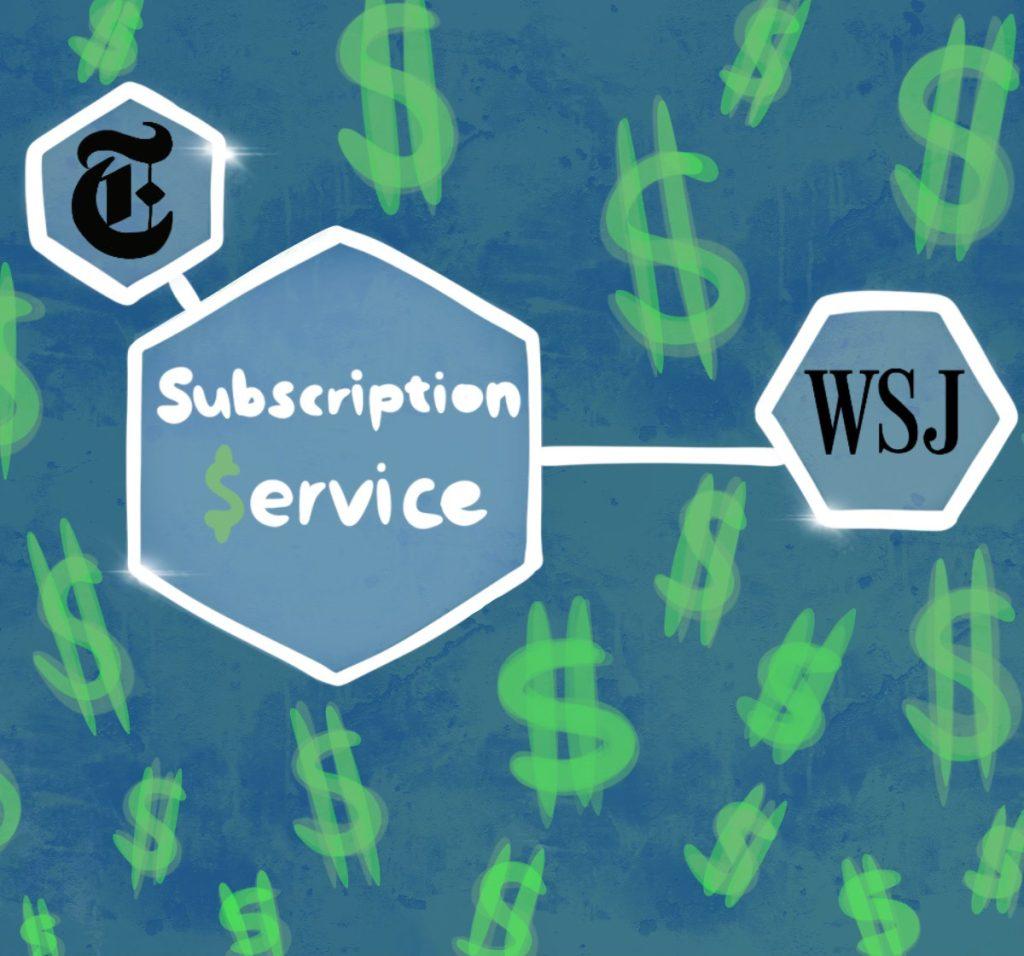Transparency Item: The Perspectives section of the Graphic is comprised of articles based on opinion. This is the opinion and perspective of the writer.
Pepperdine students enjoy various student benefits, including free subscriptions to news sites, service discounts and free fitness classes. Yet many benefits are underpromoted and underused.
Free Digital News Access
“You have reached your free article limit.” This is one of the sentences that annoys me the most when browsing articles. Instead of looking for more devices to exceed that limit, here is an existing solution.
Pepperdine offers students, faculty and staff full complimentary access to news sites including The New York Times and The Wall Street Journal, according to the Pepperdine Libraries learning and research guides.
The New York Times currently provides a limited-time offer for individual readers — $4 per four weeks in the first year and then an increase to $25 every four weeks. Pepperdine members can activate their digital pass for free while being members of the institution.
Yet there are special restrictions on signing up other than using the Pepperdine educational email address. Pepperdine members need to activate their New York Times digital pass from the institutional access website separate from the common subscription page.
In addition, the access guide indicates that initial activation requires a connection to the institution’s network. Pepperdine wireless network directs first-time users to pass authentication using Wavenet credentials, enabling the University to verify identity. Once signed up, Pepperdine members can access NYTimes.com without the campus network.
Same for those who wish to receive complimentary access to WSJ.com, one needs to activate their account through the website established for the partnership between WSJ.com and the Pepperdine Library.
What’s more, Wavenet credentials grant the community access to The Economist through Pepperdine Library with no subscription fee, whereas students’ and educators’ billing plans cost $52.25 annually. However, one difference to keep in mind is it does not link to an individual pass. Unlike the NYTimes.com and the WSJ.com, the access doesn’t cover all services available or across platforms but is limited to the browser.
Infographic by Laury Li
Student Benefits Need Better Promotion
There are several programs with exclusive Pepperdine student discounts or free access, yet students find it difficult to access the information.
In February, I discovered the free group fitness classes open for all enrolled students. The program includes training in various types of yoga, martial arts and physical workouts.
Though the sessions are first-come-first-serve, it is a pre-paid program funded by students’ tuition. The student wellness fee, which charges each student $500 per academic year, funds the group fitness classes, according to the Pepperdine website.
While those classes have been free for students since fall 2021 by Campus Recreation, I wish I had taken advantage of this great opportunity earlier rather than right before graduating.
Students also have similar feelings for other resources. Communication Studies senior Morgan Purdy said she only learned that Pepperdine students can enjoy a free New York Times digital pass in her last year at Seaver.
Despite the fact that there are occasions when faculty encourage students to use the mentioned sites or programs, instructions on creating accounts are absent.
Below are several suggestions for promoting those underused resources and delivering the information to more students. One of them is to give direct guidance in class.
“I think if professors posted links in their syllabi or on their courses site, that would be pretty helpful,” Purdy said, “Especially if it’s a program that might be used in their classroom environment.”
Another solution would be to communicate the information in required first-year classes, such as First-Year Seminars. Other events like New Student Orientation are also good chances for newcomers to learn about the available benefits and avoid unnecessary costs.
Senior Daniela Macom said verbally telling students about exclusive discounts or complimentary service in class would be efficient.
“I think I relied more on word of mouth than looking at Pepperdine discounts [on websites], which I should have,” Macom said. “I just never thought of doing that, until [I] heard about this from other students.”
Pepperdine has a number of websites that list discounts for local services, entertainment and subscriptions. However, they are scattered on different pages. To help students navigate, Pepperdine can gather information for student benefits on the same page.
To unlock the potential of these valuable educational and recreation resources, it is essential to make the information more visible and accessible to students. By integrating various communication channels, the school will better equip the community to engage with the world around them.
___________________
Follow the Graphic on X: @PeppGraphic
Contact Laury Li via email: yuting.li2@pepperdine.edu or by Instagram: @laury__li


